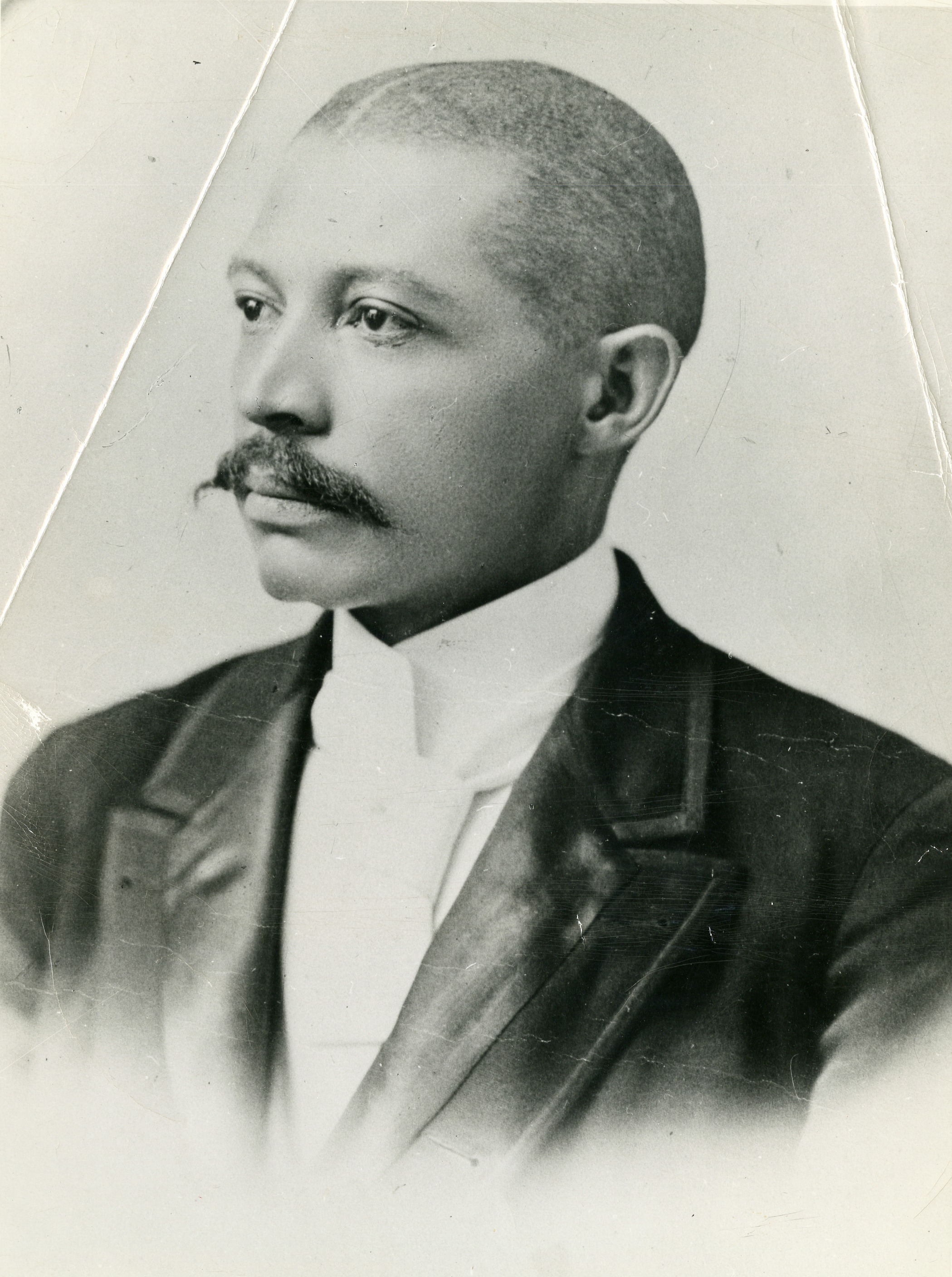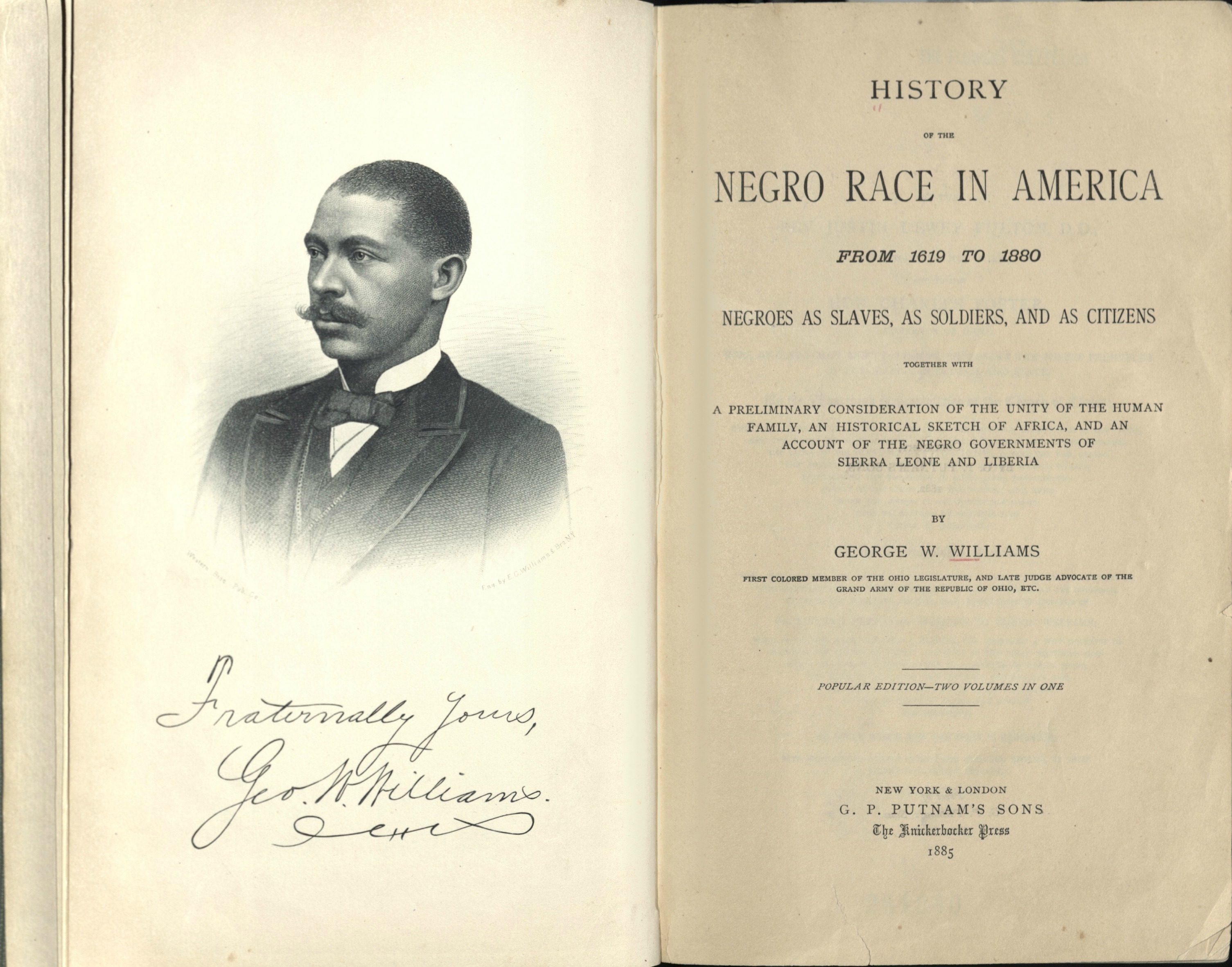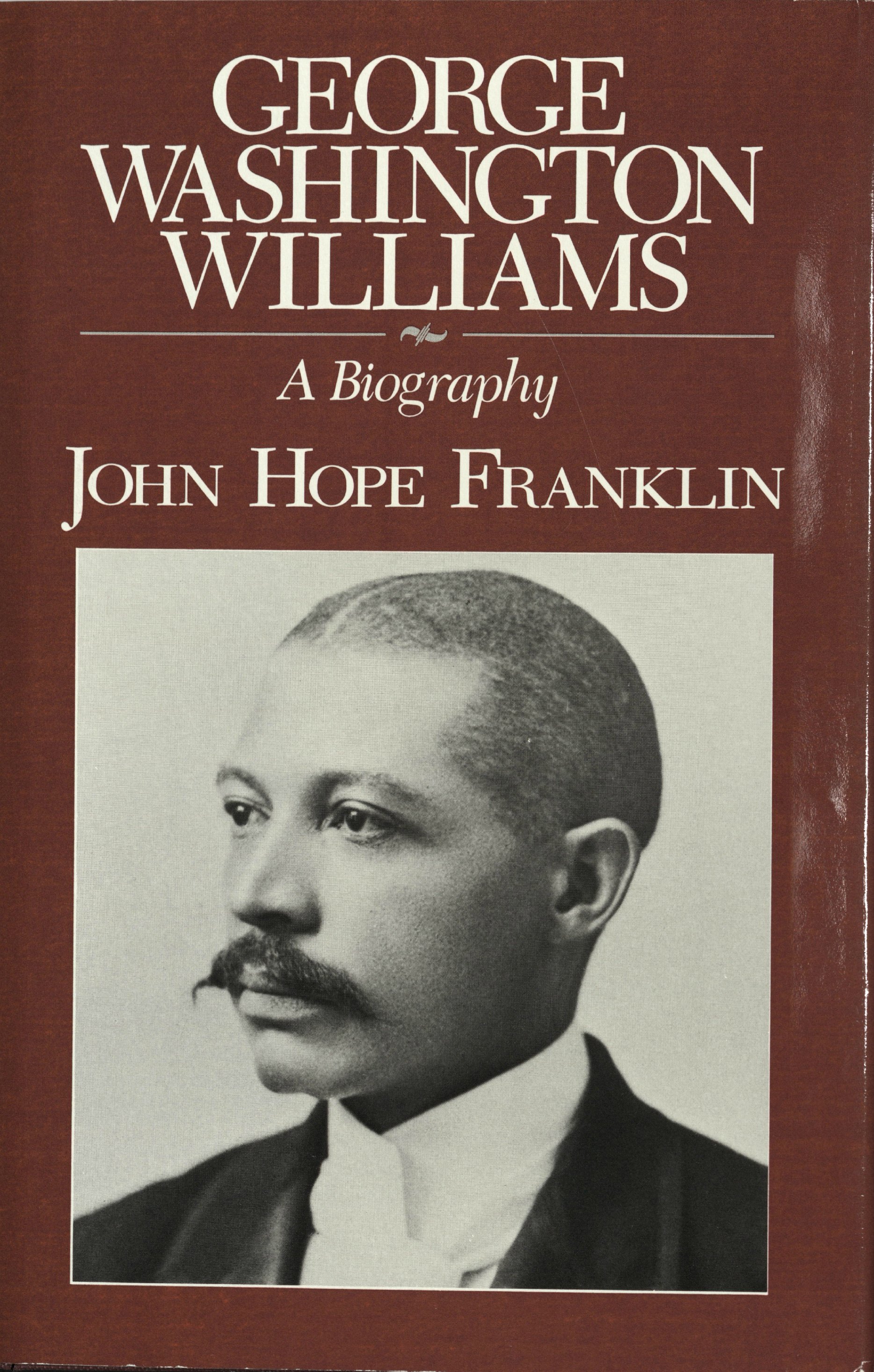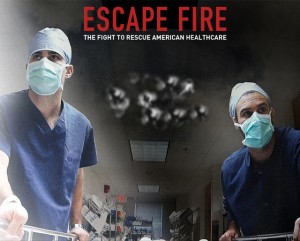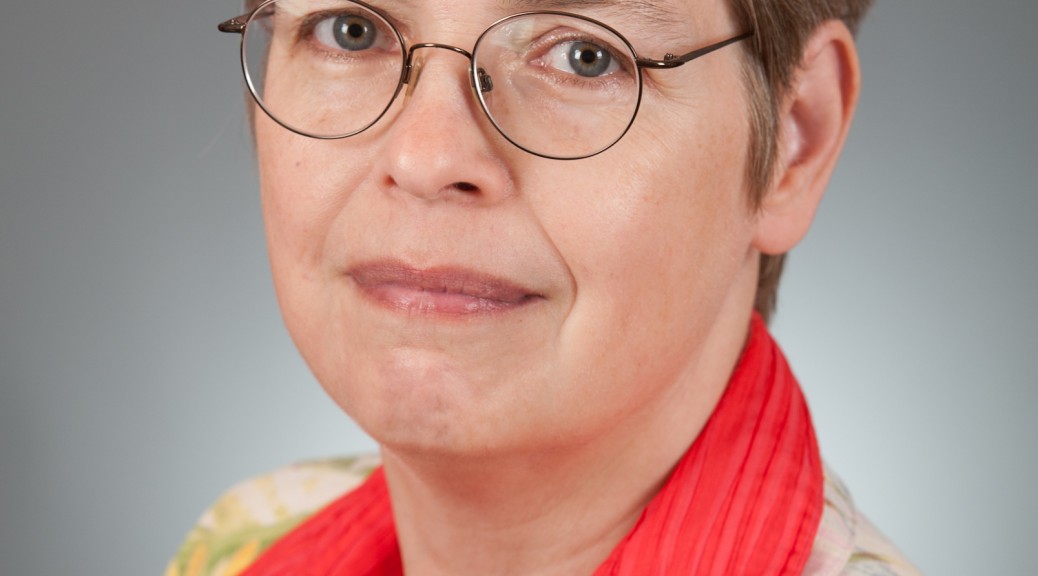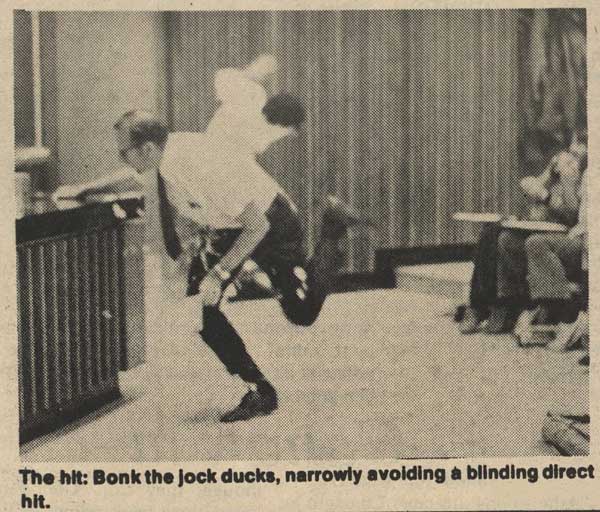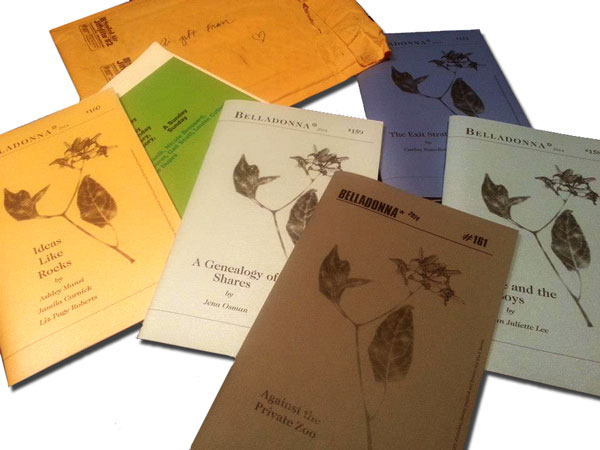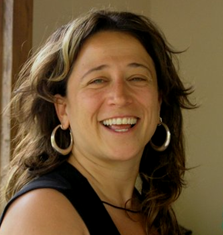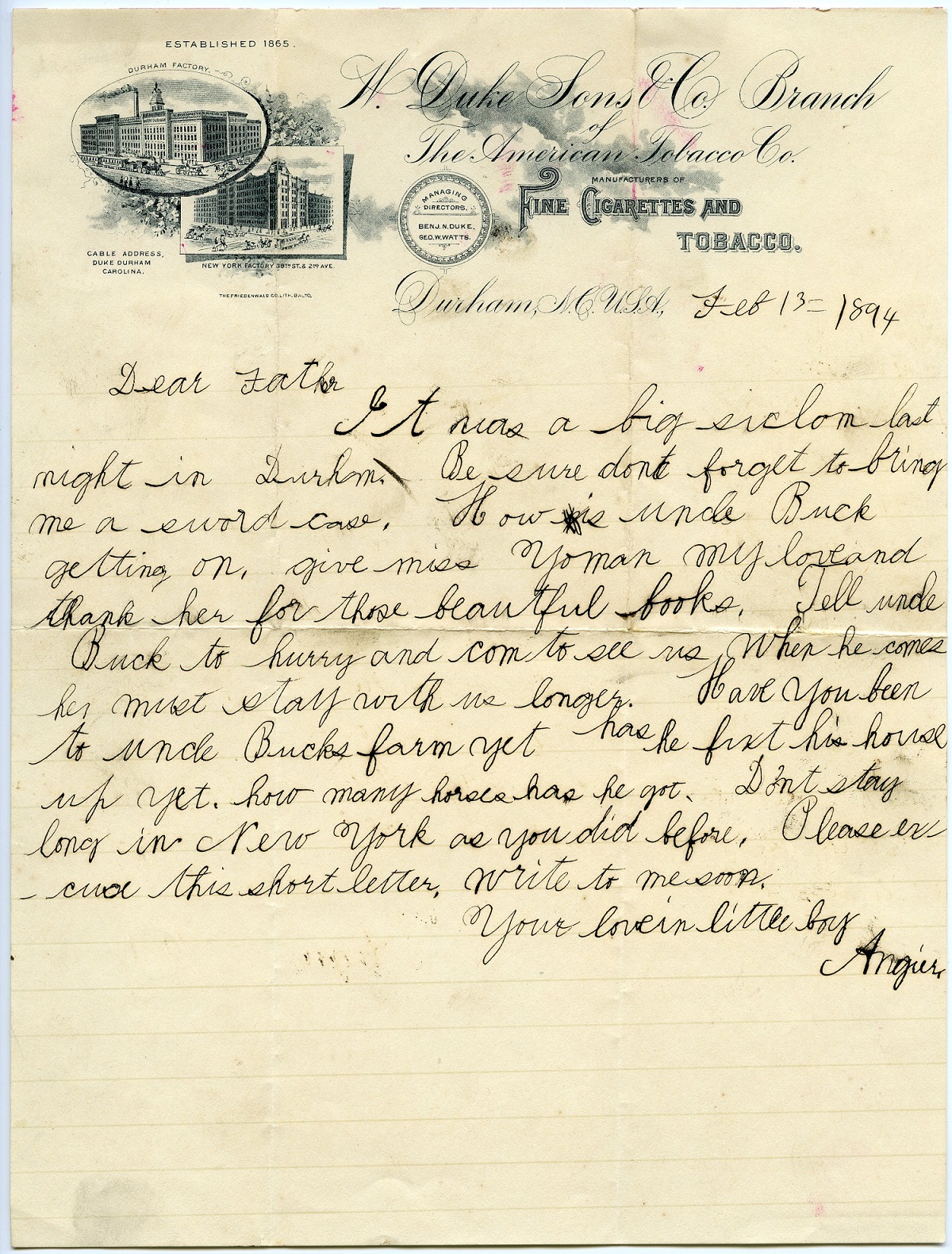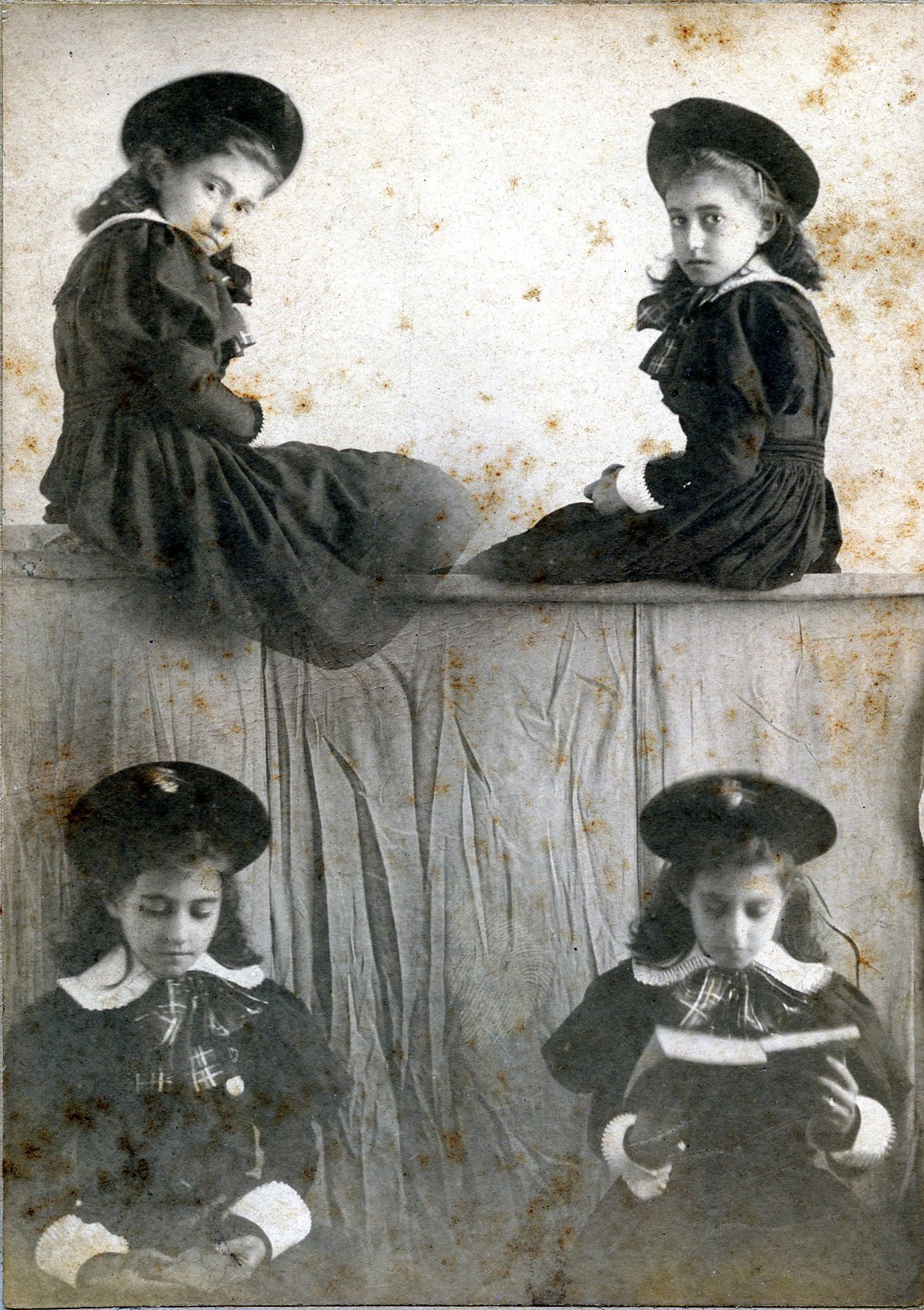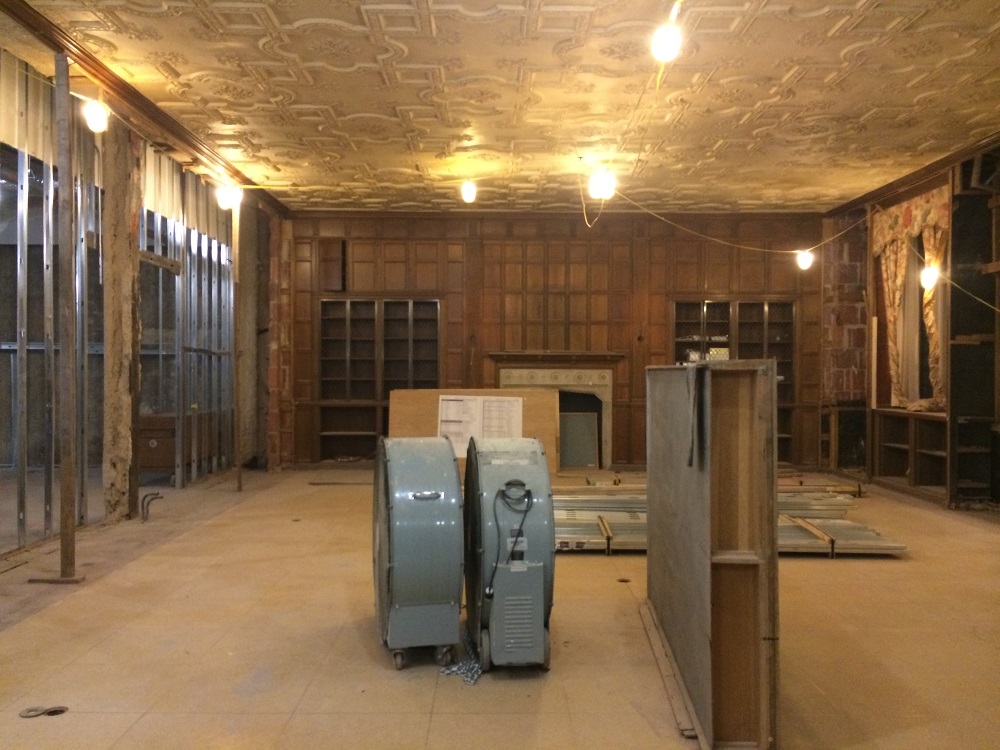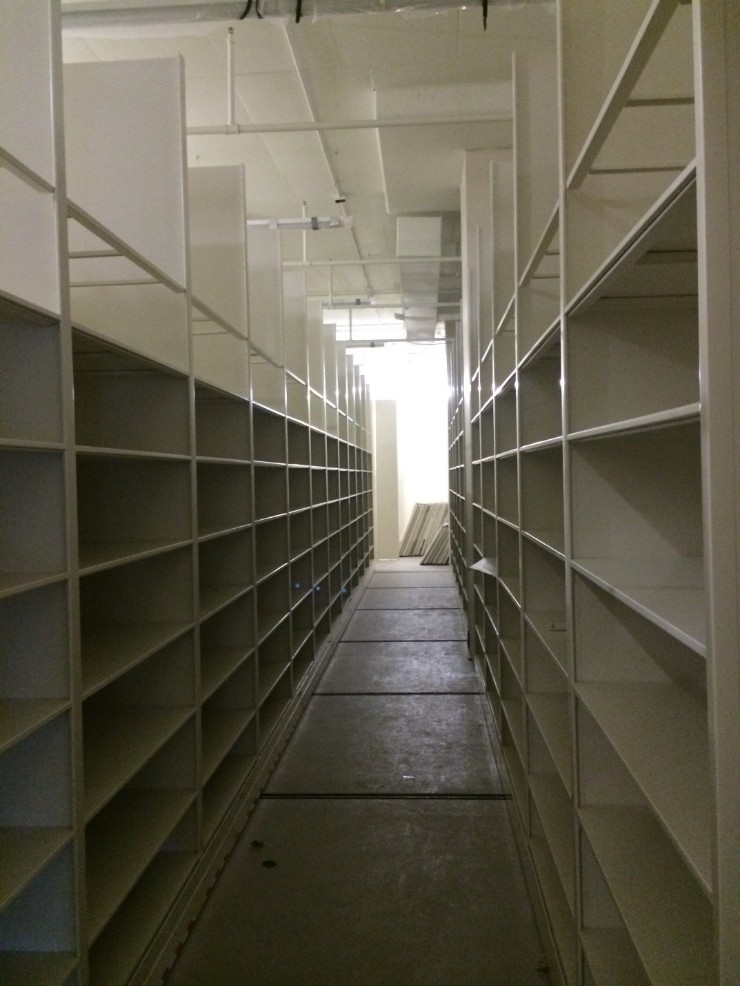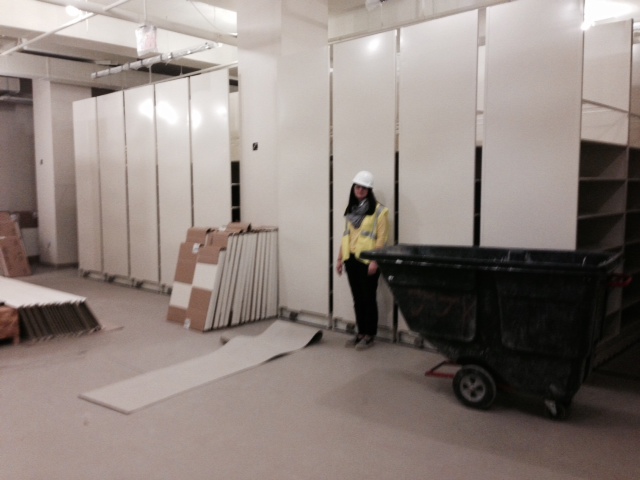We know, there’s less than a month before LDOC and you need another thing to do like a hole in the head. But, if you’re a leader or an active member of a Duke student group (including graduate and professional student groups), finish out your group’s year by giving documentation about your activities to the Duke University Archives.
By archiving your records, you ensure that your group’s legacy remains part of Duke University’s history, alongside the records of Duke’s presidents and campus offices. It’s your way to make your mark on what future Duke students and scholars will know about Duke history for decades to come.
To help with this, University Archives staff will be holding regular office hours at UCAE’s the SOURCE starting this week through the end of the semester. You’ll find us at the SOURCE on:
- Thursday, March 26th from 2:00-4:00 PM
- Thursday, April 9th from 2:00-4:00 PM
- Thursday, April 23rd from 2:00-4:00 PM
No appointment is necessary—just stop by with any questions about the records collecting process or to tell us more about the records you’d like to archive.
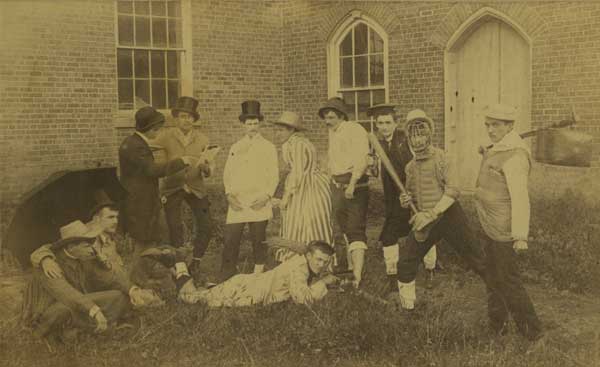
Cast from Theatrical Performance at Trinity College, before 1892. From the University Archives Photograph Collection.
Need a little background information before coming to visit us?
Read more about the types of documentation we collect—and see some examples of student groups whose records we hold—on our student group records website.
Before you stop by, make a quick canvas of any documentation your group might be ready to place with the University Archives. Think about the types of documentation you have, the dates it covers, and if there are any special formats (do you have tons of video files? do you have a gigantic banner from a group event?). We’ll then help decide what should come to the University Archives.
We’ll also ask you how much documentation you have to give to us, so we can estimate the number of boxes you’ll need (yep, we can provide those) or make arrangements to get digital files from you via DropBox, a flash drive, etc.
Can’t visit the SOURCE during our office hours?
Complete our online form to let us know a little about the records you’d like to donate, and we’ll get in touch with you to discuss next steps. Or send us an email with any questions!
Post contributed by Amy McDonald, Assistant University Archivist.






